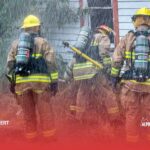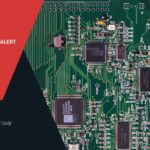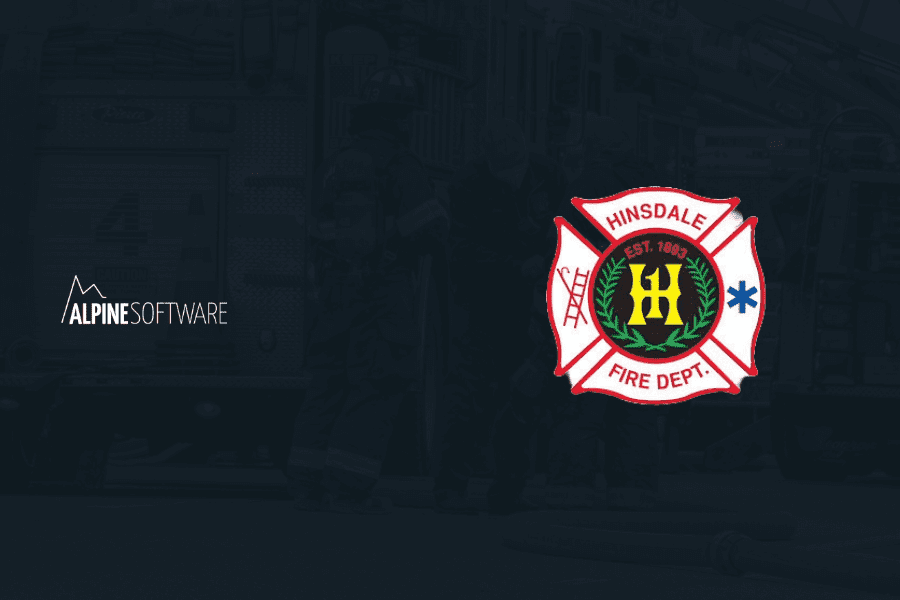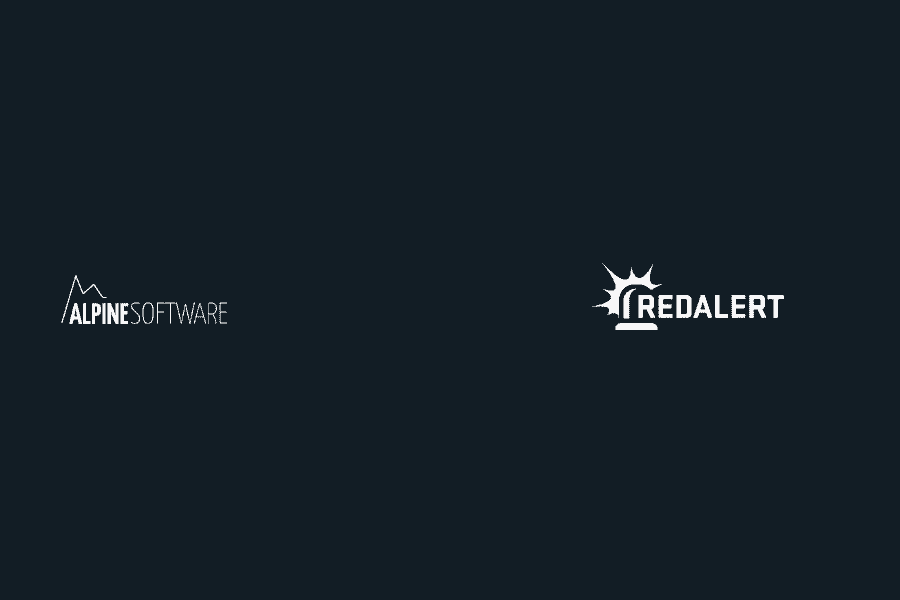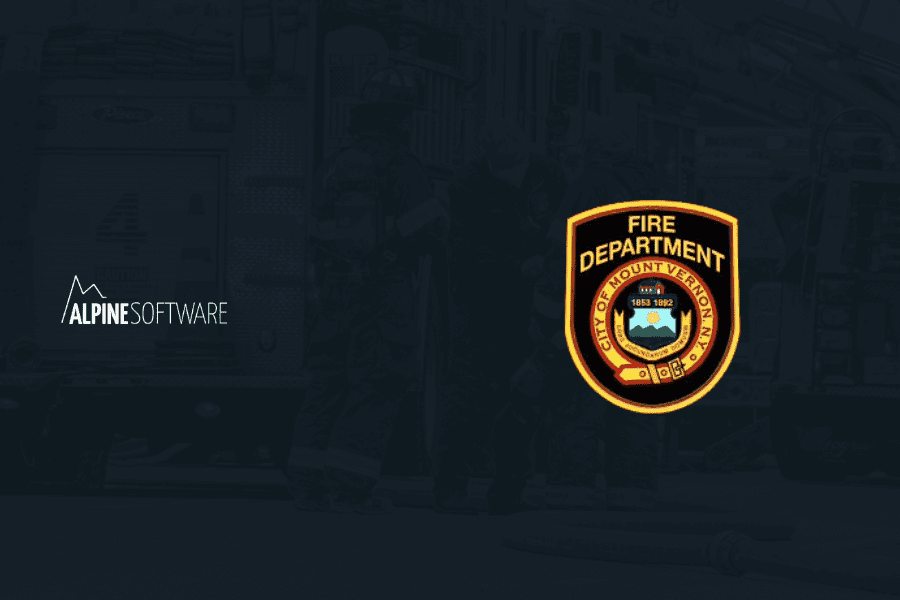The Timeline of NERIS Rollout
The NERIS fire reporting system is currently being developed. Progress has been ongoing since 2023, with an official announcement made on May 9. Nearly a year later, on March 12, 2024, six fire departments were onboarded to the prototype version.
On August 2, 2024, an additional 50 fire departments were invited to test the new beta release prototype. Only a few days later, all stakeholders were asked to leave feedback on the proposed data schemas. They were allowed to do this from August 5 to September 4.
While onboarding will happen in phases, USFA expects Phase 1 onboarding to begin in November 2024. Phase 2 onboarding is likely to start in February 2025.
The remainder of the calendar year will be focused on onboarding all 27,000 fire departments in the United States. The idea is to have this completely done ahead of the full transition in January 2026.
During the onboarding period, departments that have not yet joined the NERIS fire reporting platform will continue to report to NFIRS 5.0. On January 1, 2026, USFA will officially retire NFIRS, and reporting will be exclusively done through the NERIS system.
Where Will NERIS Be Available First?
The USFA has not chosen any particular markets or regions to receive the NERIS fire reporting system first. The first six fire departments to test the software were spread across the country. These locations included:
- Fairfax, Virginia
- Frisco, Texas
- Orange County, California
- Springdale, Arkansas
- King of Prussia, Pennsylvania
- Lakewood, Colorado
For early adopters, USFA preferred to have a broad representation of the fire service community. The departments selected to test the NERIS fire reporting system are in urban, suburban, and rural areas. Many also use a combination of volunteer and career firefighters. The departments testing the second prototype span 31 states.
What Can You Do to Prepare?
The USFA encourages fire departments to prepare for the transition by finding someone to lead the charge. The NERIS fire reporting system will no doubt disrupt the way departments conduct data collection and reporting. Departments will likely need someone dedicated to handling all the required tasks, which will include:
- Gathering NERIS profile information
- Identifying users and permissions
- Serving as the point of contact for training and onboarding
Your lead should get familiar with your current records management and computer-aided dispatch systems. They should also know which vendors provide the software because your NERIS lead will have to work with these vendors and your emergency dispatch center to ensure a smooth transition to the new platform.
In particular, they’ll need to assess software compatibility with the NERIS fire reporting schema and see what changes or API connections are required. If your vendor doesn’t have plans to provide this functionality, you may have to shop for a new one.
Next, your NERIS lead will verify the boundaries of the area your department serves. Doing this accurately will require a request for the most current data from your local GIS office. Because NERIS is focused on interoperability, this information should be obtained in formats such as:
- GeoJSON
- Esri RESTful Feature Service
- File Geodatabase
Finally, your NERIS lead will be in charge of gathering crucial operations details for the transition. These will include station locations, capabilities, and staffing levels. The lead should also collect all fire department identification numbers (FDIDs) and ID numbers from mutual and auto-aid agencies.
USFA has not provided a way to sign up for beta testing of the NERIS fire reporting platform. No published guides on which departments will be included in the first two onboarding phases exist. Consequently, department administrators should start taking these steps now to be prepared when the time comes.
Alpine Is Your Trusted Partner for NERIS Implementation
NERIS fire reporting system officials have discussed how vital it is to talk to your software vendors about the transition. We are constantly in discussion with NERIS to ensure our RedAlert platform will work with theirs.
We’re committed to the long-term health of your department. You can rest assured that our team is ready to walk you through this transition with ease, providing technical assistance every step of the way.
Our customizable platform lets you include any details you need in your reports. This includes manpower, response times, safety practices, and more.
The ability to see visual representations of your data makes it easy for anyone to review and analyze it. We’ll help your team use these custom reports effectively to make better, more data-driven decisions that lead to real and lasting results for your department and community.
Best of all, we provide this functionality in one centralized place. If you’ve ever wanted to improve your reporting and data analysis process, now is the perfect time to take the leap.
Schedule a demo of RedAlert today. Our team will show you why our software is the key to future-proofing your department and ensuring a seamless transition to the NERIS fire reporting system.
Want to know in-depth details on the new NERIS reporting? Download our white paper!


